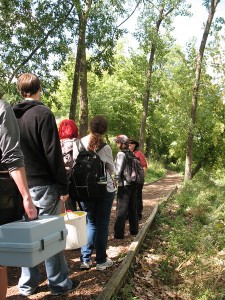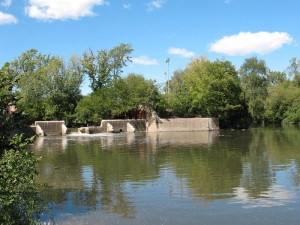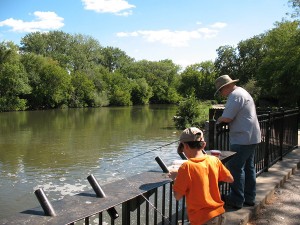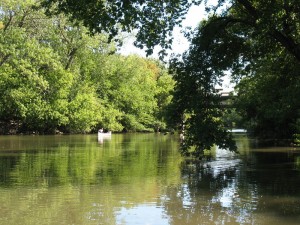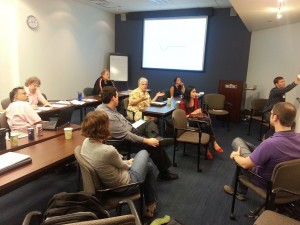The recent Chicago Teacher’s Union strike has exposed a long list of contentious issues in our K-12 educational system. The most troubling of these is the glaring inequity among our region’s public schools.
Nowhere is this more evident that in Chicago’s District 299, where a small percentage of children enjoy a world-class education at one of the District’s vaunted selective enrollment schools, while most students languish in understaffed and overwhelmed neighborhood schools surrounded by violence and economic stagnation. It also applies to our state as a whole, which is ranked among the worst in the nation by the Education Law Center in their recent report cards on public school funding equity.
This long-entrenched divide between the educational haves and have-nots not only mirrors the gulf between rich and poor in American society, it also replicates and reinforces these socioeconomic inequities. You don’t need a PhD to know that students from disadvantaged schools are less likely to graduate, go to college, and get good jobs, and (not incidentally) stay out of prison.
The source of this inequity is equally obvious. Since local property taxes provide the lion’s share of funding for America’s school districts, the resources (and therefore the quality) of the schools are directly proportional to the wealth of their community.
Schools in big-money districts have all the bells and whistles: small class sizes, good facilities, broad offerings in languages and the fine arts, and gifted learning programs. Meanwhile, impoverished districts limp along with overcrowded classrooms, out-of-date technology, bare-bones curricula, and overstretched faculty. (The metal detectors are state-of-the-art, though.)
This is not right. It’s not acceptable for a kid’s educational future to be determined simply by where she was born. And it darn well needs to change.
That’s because the fates of our economy and educational system are inextricably linked. When the economy tanks, we unwisely respond by slashing public education funding — cutting programs, firing teachers, closing schools. State and federal support for K-12 education has steadily deteriorated. But this misguided strategy merely guarantees more economic problems down the line, as we end up with poorly-educated citizens who are not college-ready and cannot compete for good entry-level jobs, let alone start businesses and become “job creators” themselves.
Here’s an alternative plan. Let’s invest in two critical pillars of K-12 educational excellence that every high-achieving school district in America takes for granted: small class sizes and rich curricular offerings. We do it by (1) hiring tens of thousands of teachers for overpopulated schools, and (2) building additional classroom space where needed. This initiative would put people to work by creating superior learning environments for our kids.
Instead of just emphasizing crowd control in classrooms of 30 children (the standard class size in Joliet’s District 86), teachers could do meaningful work with groups of 18-22, thus giving kids exponentially more time and quality instruction. Every school, not just the richest 1%, would have foreign language from kindergarten onward, full-time art and music teachers, a school garden linked to the science and health curriculum, and gifted education for students who need greater challenge.
Citizens of wealthy school districts don’t consider these things “luxuries,” but rather absolute necessities. So why is it acceptable to us as a nation that so many of our schools do without?
Let’s get our professional educators and our tradespeople back to work building a better, more equitable educational system. There is no more important investment in our future that we can make.
A version of this essay appeared as my op-ed column, “Equitable Education Equals a Strong Economy” in the Sunday, 23 Sept 2012 edition of the Joliet Herald-News (p25).

